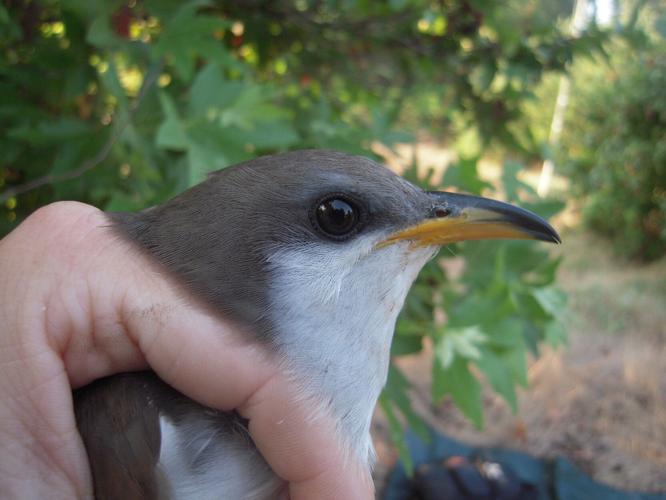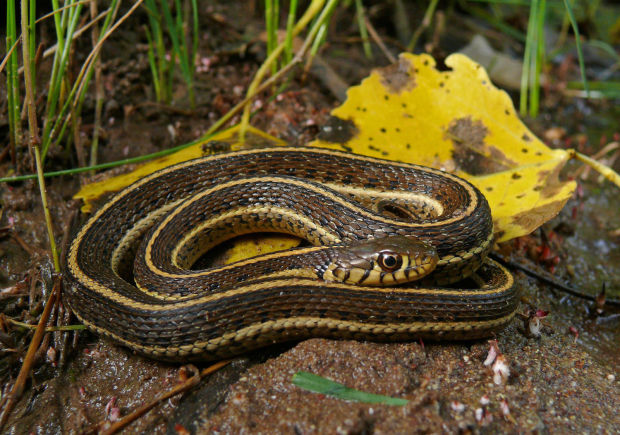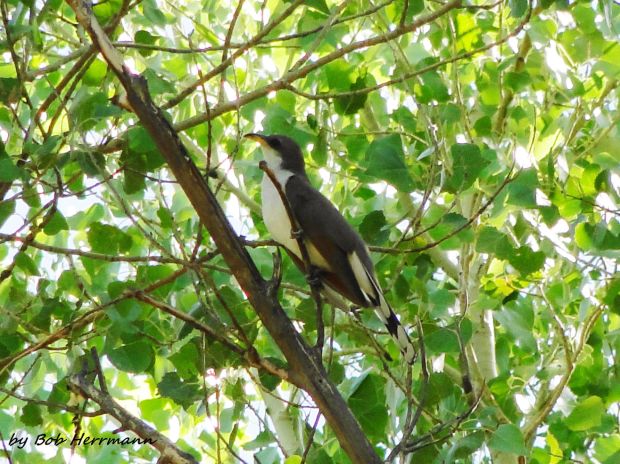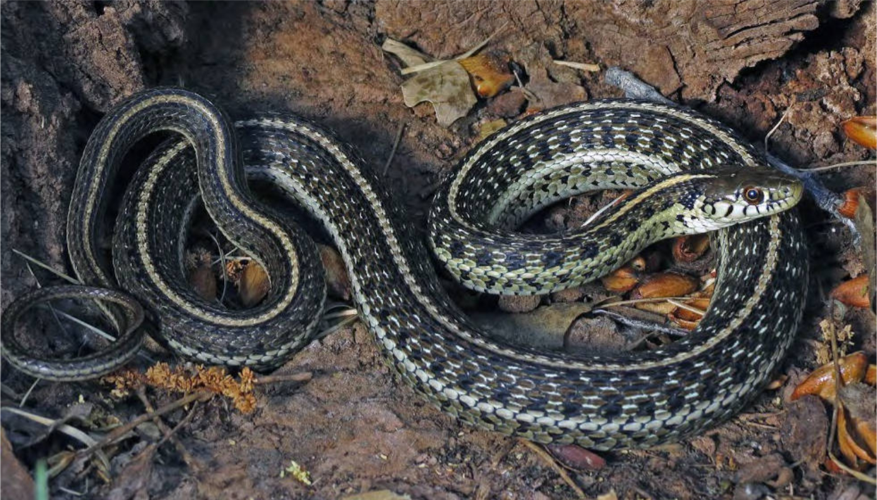Federal wildlife regulators have designated several Southern Arizona watersheds as critical habitat for a rare bird and a threatened snake.
Areas considered essential for the survival of the northern Mexican gartersnake include parts of the upper Santa Cruz River, the San Pedro River, Cienega Creek and Arivaca Creek, according to a notice published Wednesday by the U.S. Fish and Wildlife Service.
A much larger critical habitat for the western yellow-billed cuckoo was announced April 21 and takes in parts of the San Pedro, Gila and Santa Cruz rivers and other riparian areas across much of Santa Cruz County.
All told, the Fish and Wildlife Service designated almost 300,000 acres of critical habitat for the migratory bird in Arizona, California, Colorado, Idaho, New Mexico, Texas and Utah. That’s about 195,000 fewer acres than the agency originally proposed a year ago.
The gartersnake got just over 20,000 acres of critical habitat in Arizona and New Mexico, down from the more than 420,000 acres initially identified when the species was first listed in 2014.
The habitat designations for both species were finalized this month as a result of a settlement with the Center for Biological Diversity, a Tucson-based environmental group that sued for protection of the snake and the cuckoo.
“We’re thrilled these beautiful birds are finally receiving protections for their streamside homes,” said Brian Segee, a senior attorney for the center, in a written statement.
Preserving these critical desert water systems will also benefit a host of other species, including humans, he said, by “protecting some of the region’s rapidly dwindling cienega and streamside habitats.”
“The northern Mexican garter snake and most of the rest of the Southwest’s aquatic fauna is on a fast train to extinction. It’s a serious crisis that hardly anyone’s talking about,” Segee said.
A critical-habitat designation requires federal agencies to consult with the Fish and Wildlife Service on any activities that might impact a protected species. It does not affect land ownership or limit development on private property, unless the project requires funding or a permit from the federal government.
The western yellow-billed cuckoo breeds and raises young along rivers and streams in the western U.S. before heading to South America for the winter. It once ranged widely across the West, but its numbers plummeted as its habitat was fragmented and destroyed by dams, agriculture and drought. Fewer than 1,000 nesting pairs are thought to remain.
The bird was listed as threatened in 2014, 16 years after the Center for Biological Diversity first petitioned for its protection under the Endangered Species Act.
The aquatic northern Mexican gartersnake hides out in the thick vegetation near water and hunts for small fish and leopard frogs. It has disappeared from much of its native range due to habitat loss and the spread of non-native bullfrogs, crayfish and game fish, which compete for prey or feed on the snakes themselves.
The Center for Biological Diversity petitioned for it to be protected in 2003, but it took federal regulators more than a decade to add it to the list. The center then had to sue the agency to finalize habitat protections for the species.
“After such a long delay, we’re disappointed that the Fish and Wildlife Service protected a much smaller area than originally proposed,” Segee said. “For these snakes to fully recover, more of their fragile remaining habitat must be protected.”







